Above Image Cred: @petraronis
Tamta’s KHORUMI was already a bold track—rooted in Georgian folk tradition, sung in two languages, and cut from the experimental edge of pop. But in the hands of Die Arkitekt, it lands squarely in the club. Known for his dark, theatrical techno and past work with Charity Kase, Die Arkitekt stretches the source material into a low-slung, leftfield weapon that keeps its emotional punch while flipping the rhythm structure on its head.
The remix leans hard into tension.
You can feel the weight of the original war dance in the percussion, but it’s all been filtered through an industrial lens—static pressure, metallic synths, and unpredictable vocal treatments. It’s not just a stylistic detour for Tamta, whose THE VILLAIN HEROINE album already pushed her into more left-of-center territory—it’s a deliberate crossover into underground territory, and it works.
In this breakdown, Die Arkitekt opens up the session to walk through how it came together. You’ll also find a few punchy studio tips at the end—ideal if you’re into genre collision, creative FX chains, or just curious how to keep your sound from playing it safe.
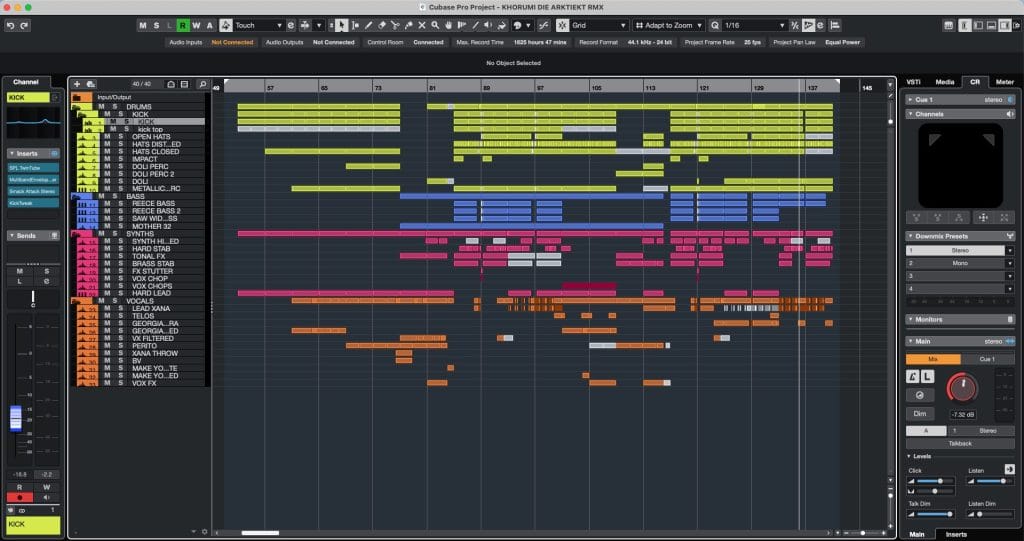
Serum
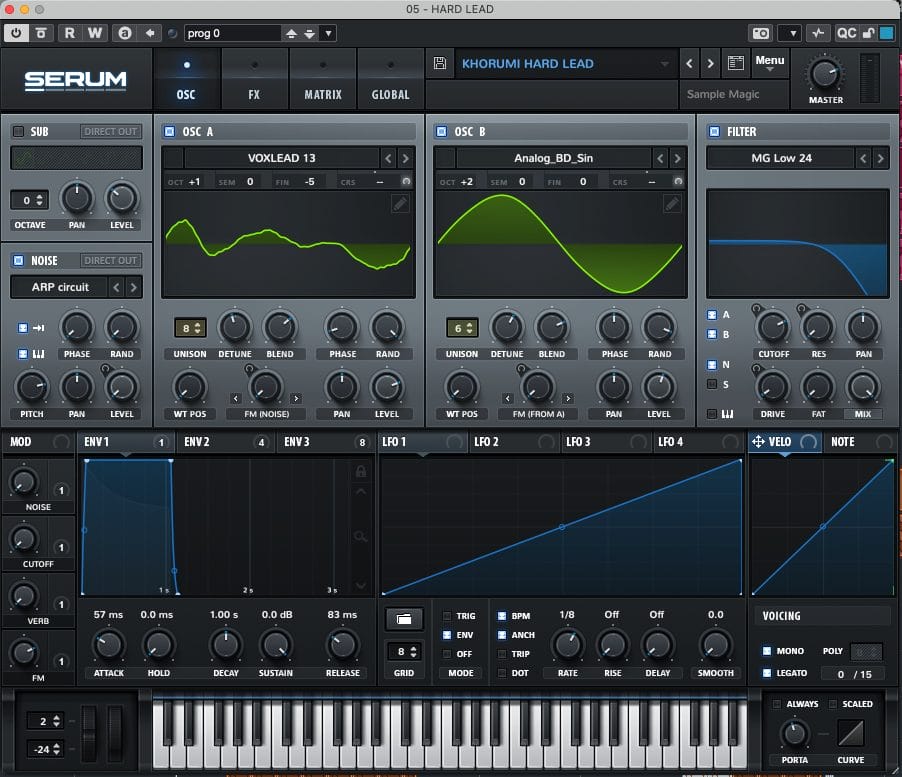
Serum is my go-to plugin not only for bass and synths. What drew me to it initially was how user-friendly and easy it is to navigate. It offers much more than basic sound creation. Serum 2, in particular, comes loaded with powerful effects and new wavetables that are a major upgrade.
You can hear this synth right at the beginning of the track. I wanted to create a groovy, one-note sequence that hits hard and feels destroyed, but still leaves space for other elements. To help with that, I often use a frequency sidechain plugin like Trackspacer to clear up mid-range clutter, especially around the vocals.
There are tons of ready-made presets out there, but I recommend trying to create your own or tweak existing ones. Learning how modulation and effects shape sound in Serum not only builds your technical skills, but also makes the process more enjoyable.
EVENTIDE H949 Harmonizer
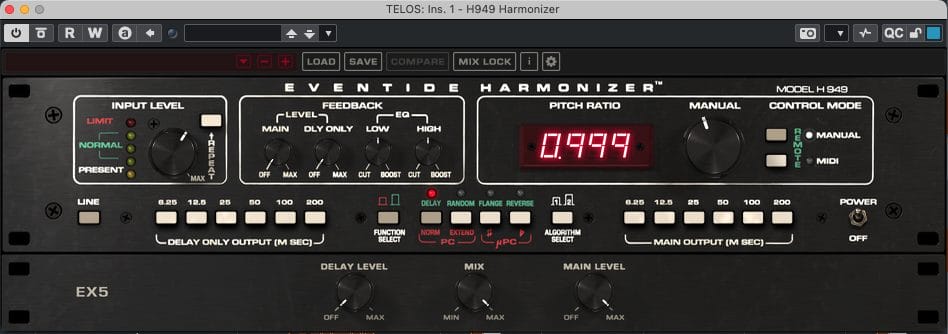
H949 by Eventide is my go-to for weird, experimental processing. It uses pitch, modulation, and delay together in a way that isn’t really matched by more standard chorus or delay plugins.
On this track, I used it mostly for the vocals. I loaded the preset “Leaving The Atmosphere” to get a pitch-drifting delay-reverb tail with hints of chorus. The atonality helped me maintain a dissonant vibe across the track. I followed it with some fast compression to bring out the tail more, and added just a touch of reverb.
This plugin also works great on drums. I’ve used it to widen hi-hats and even to treat rumble kicks. It can feel chaotic if you’re not careful, but with the right tweaks, it’s extremely effective.
Valhalla FreqEcho
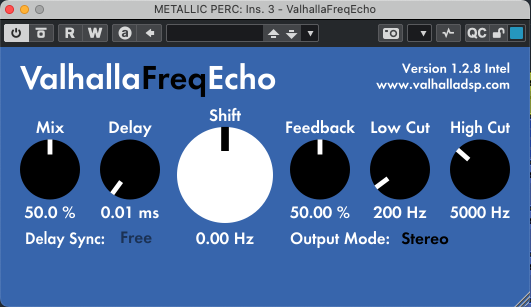
FreqEcho is a frequency-shifting delay plugin. It’s great for flangey, phasing delays and can also work as a chorus—though not in the typical polished sense.
In this track, I used it to create a widening effect on percussive elements. I set the mix to 100%, turned the delay time to minimum, and then automated the feedback to generate glitchy, granular moments that gave the track some unpredictable texture.
FreqEcho works across genres, especially when you’re aiming for something more experimental. Just be careful not to overdo it—the plugin reveals its strength when used with restraint.
Xfer OTT
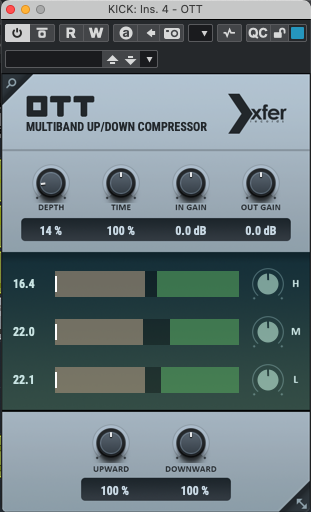
OTT is a multiband compressor that’s become a staple for most producers. It’s aggressive, easy to understand, and perfect for gluing elements together.
On this remix, I used it on the drum group to tighten things up and bring out transients. I also automated the depth—lowering it in quieter parts and pushing it back up when the full drum section kicked in.
Use OTT with care. A little goes a long way unless you’re intentionally destroying something, which I’ve done too. Sometimes those “wrong” settings lead to interesting results.
Quick Fire Tips for Making Music
Tip #1: Use unusual structures with familiar sounds. It keeps things fresh but grounded.
Tip #2: Don’t overthink innovation. Write what comes naturally. It keeps the pressure off.
Tip #3: Pull from unexpected genres. Metal guitars in techno? Go for it.
Tip #4 (Optional): Simplicity is powerful. Learning to stop overcomplicating will save your track.
The post How It Was Made: Tamta – KHORUMI (Die Arkitekt Remix) appeared first on Magnetic Magazine.






